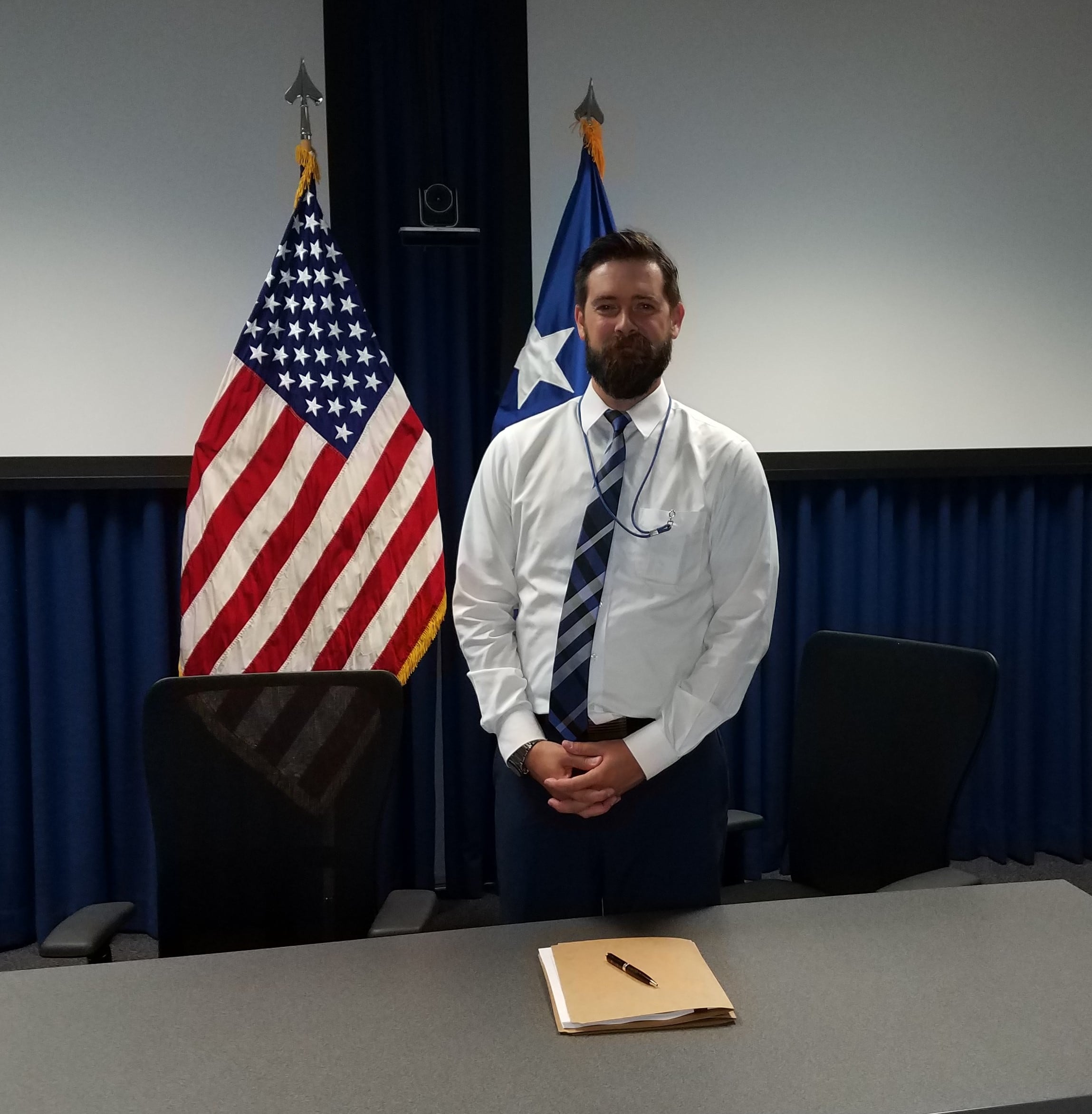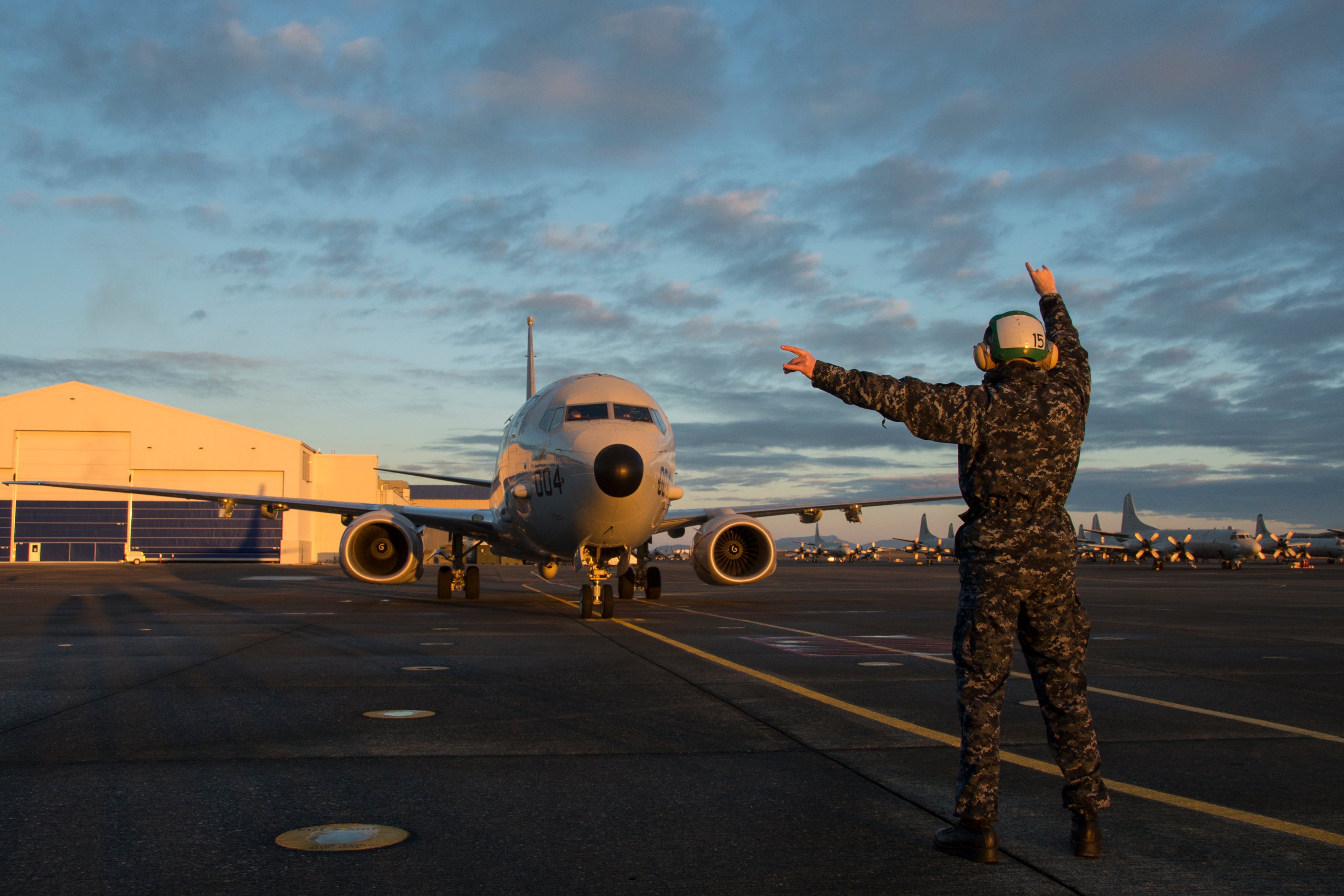WASHINGTON — The Air Force One replacement program has hit a major development milestone, and it did so without the in-person meetings that have become more risky in the age of the novel coronavirus, the U.S. Air Force’s top acquisition official said on Thursday.
The Air Force recently completed the critical design review for the Presidential Aircraft Replacement program, which will replace the legacy VC-25A Air Force One planes with a new variant of the Boeing 747-8 known as the VC-25B.
Although the classified portions of the review still must be done via face-to-face meetings in secure spaces, much of it was accomplished using virtual tools and applications, said Will Roper, assistant secretary of the Air Force for acquisition, technology and logistics.
RELATED

“I was really excited that the team was able to shift their CDR [critical design review] and go virtual,” he told reporters in an April 16 teleconference, adding that more programs will shift toward using virtual meetings to conduct key reviews and milestones even after the COVID-19 pandemic subsides.
“I don’t know if it makes any sense to do CDRs, at least at an unclassified level, outside of tools like this. And we’re working really hard to provide the same capabilities at the secret level,” he said.
While Roper did not detail which communication tools were used by the program office to conduct the CDR, he described it as being very similar to widely used applications like Zoom, where the briefer can share PowerPoint slides and participants can share thoughts and questions via a written chat function.
“It allows a greater level of productivity than a meeting itself,” he said. “In meetings, you have someone speaking and you want to get a question in, but you’ve got to wait for them to stop, and then everyone else wants to ask a question. It’s hugely inefficient. It’s just such an antiquated way of sharing information that is ingrained in us.”
The Air Force One replacement drew considerable attention in 2016 after then-President-elect Donald Trump tweeted that the program was too expensive at more than $4 billion and should be canceled. After Trump held numerous meetings with Dennis Muilenburg, who led Boeing at the time, the Air Force awarded Boeing a $3.9 billion contract to modify two 747s into VC-25B jets.
However, once all costs are included — such as buying a new hangar for the aircraft and the base cost of the 747s themselves — the Air Force will pay $5.3 billion, according to Defense One. That expense includes an $84 million contract awarded to Boeing on Wednesday to modify Boeing 747 technical specifications and manuals to the VC-25B configuration.
Roper doesn’t project any schedule delays to the program as a result of COVID-19, which has pummeled prime contractor Boeing’s commercial business and caused a temporary pause to certain defense production lines.
RELATED

In February, Boeing began modifying the two 747s slated to become VC-25Bs at its facility in San Antonio, Texas. During the first part of the process, Boeing will cut out large pieces of the aircraft’s skin and structure and replace that with two specially designed “superpanels,” according to an Air Force release. The VC-25Bs will also receive upgrades including enhanced electrical power, specialized communication systems, a medical facility, a customized executive interior and autonomous ground operations capabilities.
The new Air Force Ones are expected to be operational in 2024.
Valerie Insinna is Defense News' air warfare reporter. She previously worked the Navy/congressional beats for Defense Daily, which followed almost three years as a staff writer for National Defense Magazine. Prior to that, she worked as an editorial assistant for the Tokyo Shimbun’s Washington bureau.






